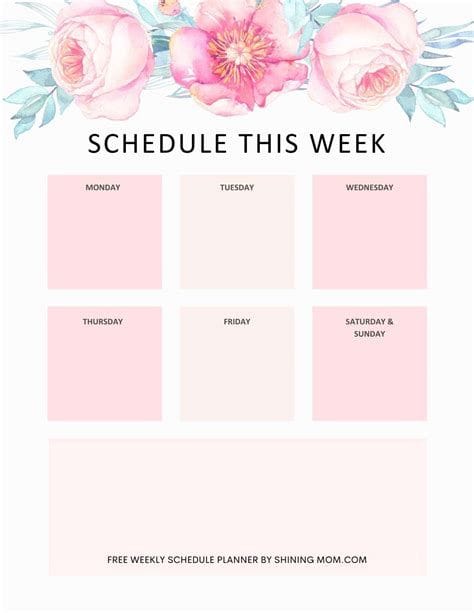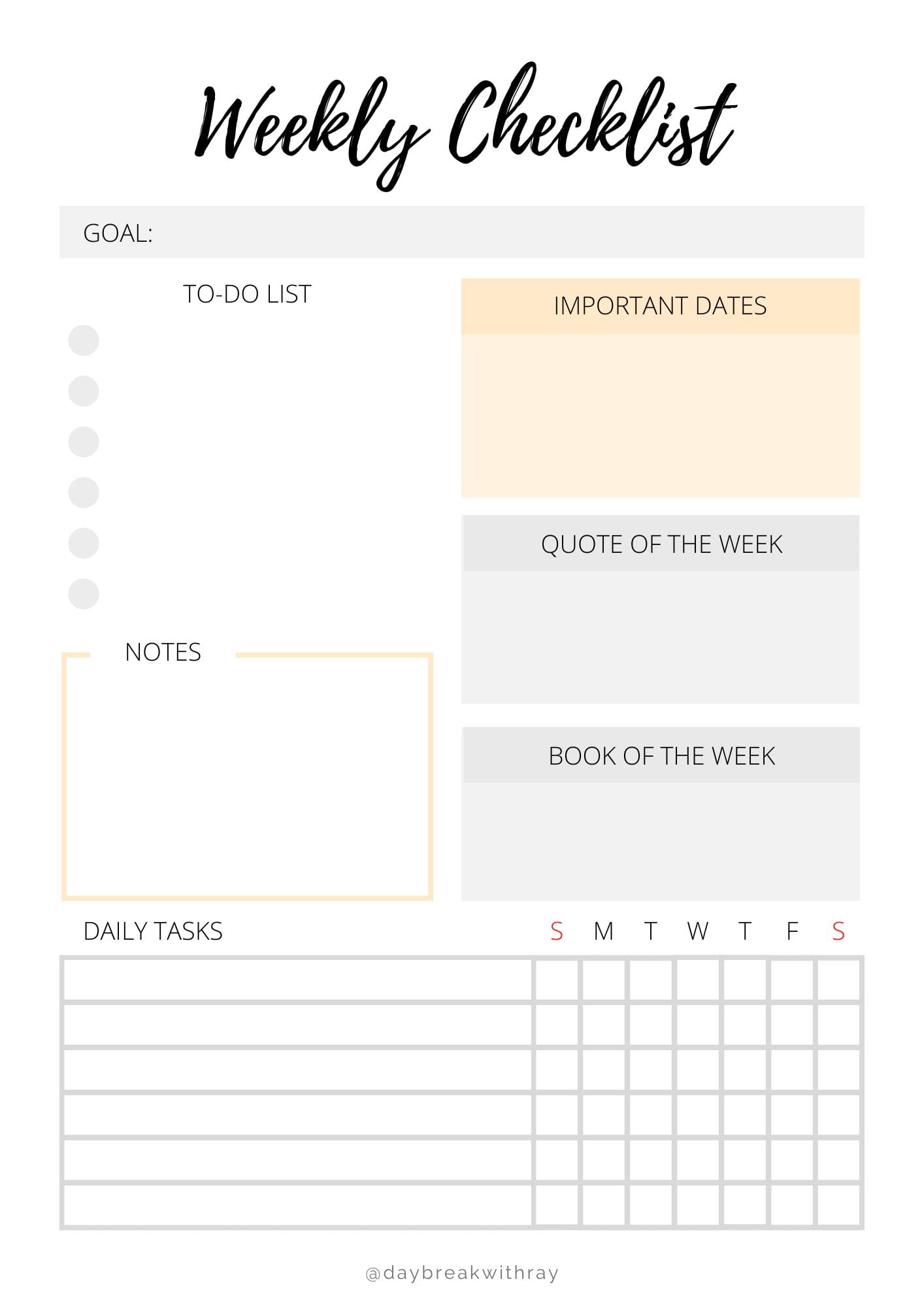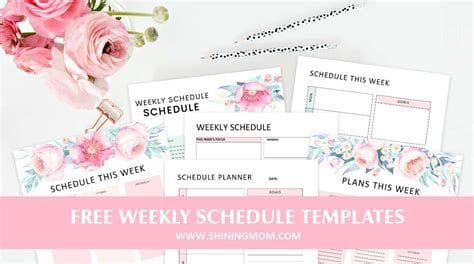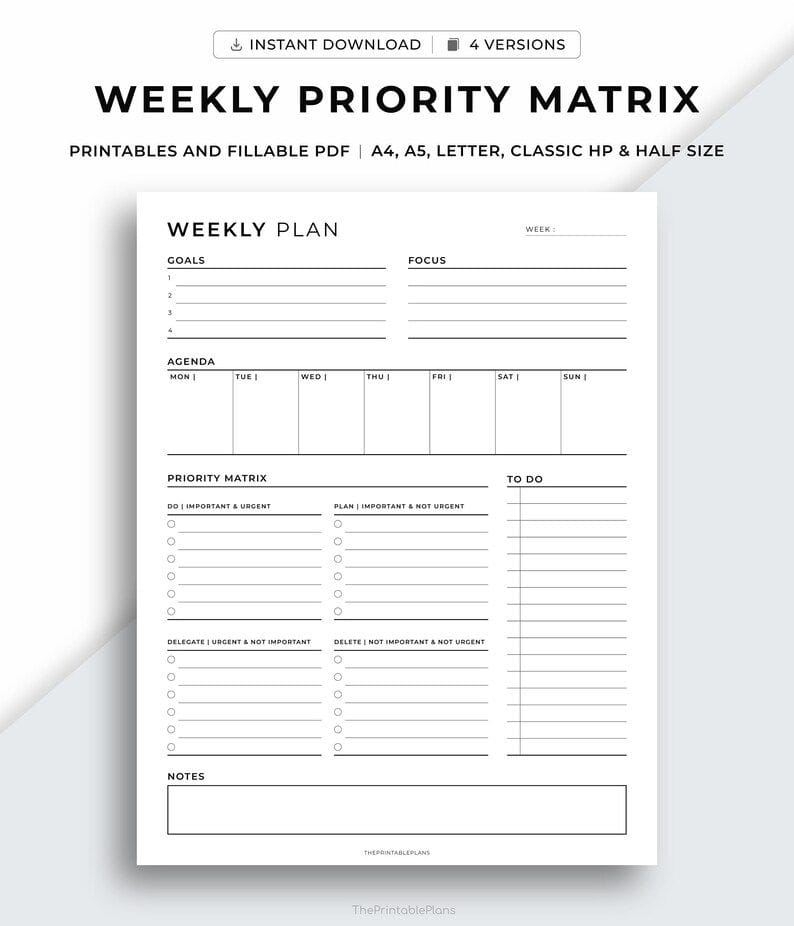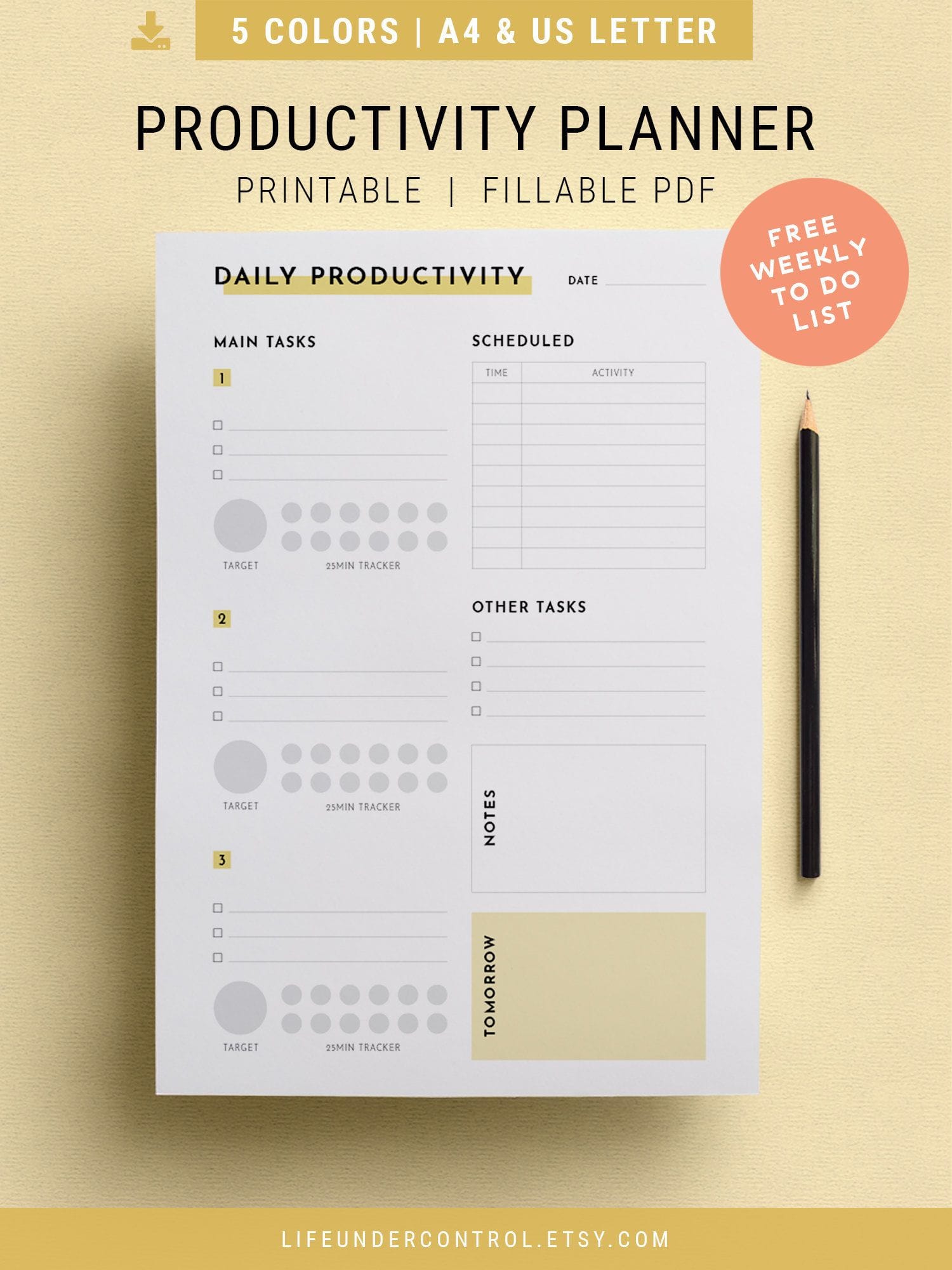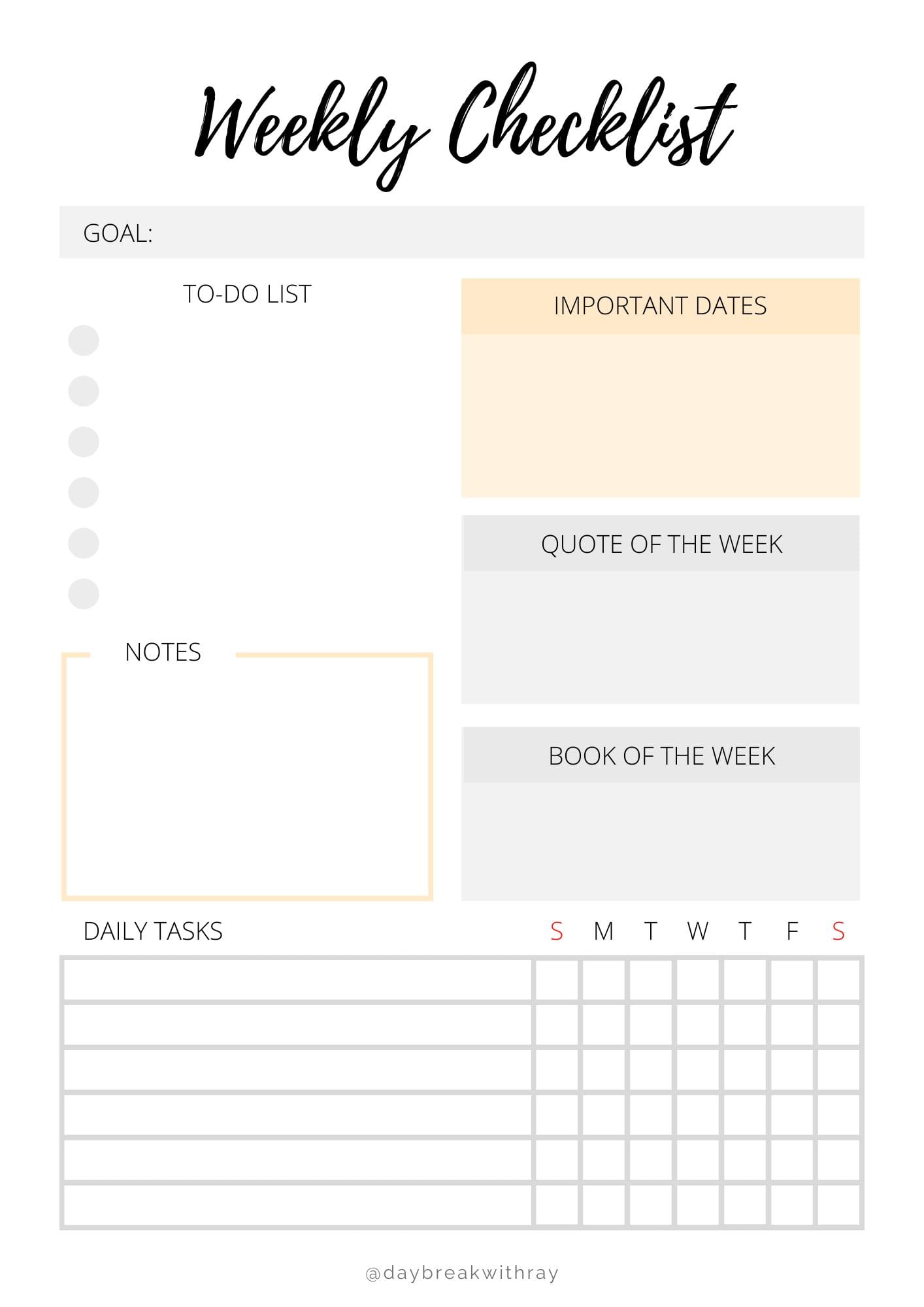
Effective time management is the backbone of productivity, and having a solid weekly schedule planner can make all the difference. In today's fast-paced world, staying organized and focused is crucial to achieving success in both personal and professional life. A well-crafted weekly schedule planner helps individuals prioritize tasks, manage time efficiently, and maintain a healthy work-life balance.
In this article, we will delve into the world of weekly schedule planners, exploring their benefits, types, and how to create an effective one that suits your needs. Whether you're a busy professional, a student, or an entrepreneur, this comprehensive guide will provide you with the tools and insights necessary to boost your productivity and achieve your goals.
Benefits of Using a Weekly Schedule Planner

A weekly schedule planner offers numerous benefits, including:
Improved Time Management: A schedule planner helps you prioritize tasks, allocate sufficient time for each activity, and avoid procrastination. Increased Productivity: By focusing on high-priority tasks and minimizing distractions, you can accomplish more in less time. Reduced Stress: A well-organized schedule planner can help you manage your workload, meet deadlines, and reduce stress. Better Work-Life Balance: A schedule planner enables you to allocate time for personal activities, ensuring a healthy balance between work and leisure.
Types of Weekly Schedule Planners
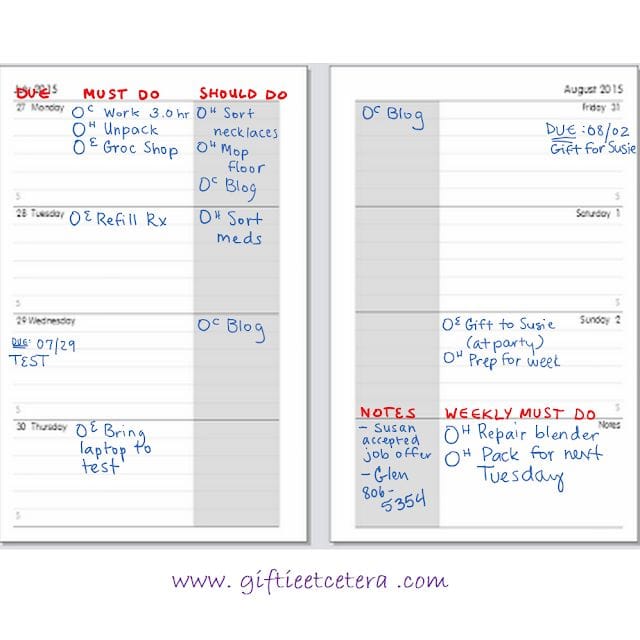
There are various types of weekly schedule planners available, each catering to different needs and preferences. Some popular types include:
Paper-Based Planners: Traditional paper-based planners offer a tactile experience and can be used anywhere. Digital Planners: Digital planners, such as apps and software, provide flexibility and can be accessed on multiple devices. Hybrid Planners: Hybrid planners combine paper-based and digital elements, offering the best of both worlds.
Creating an Effective Weekly Schedule Planner
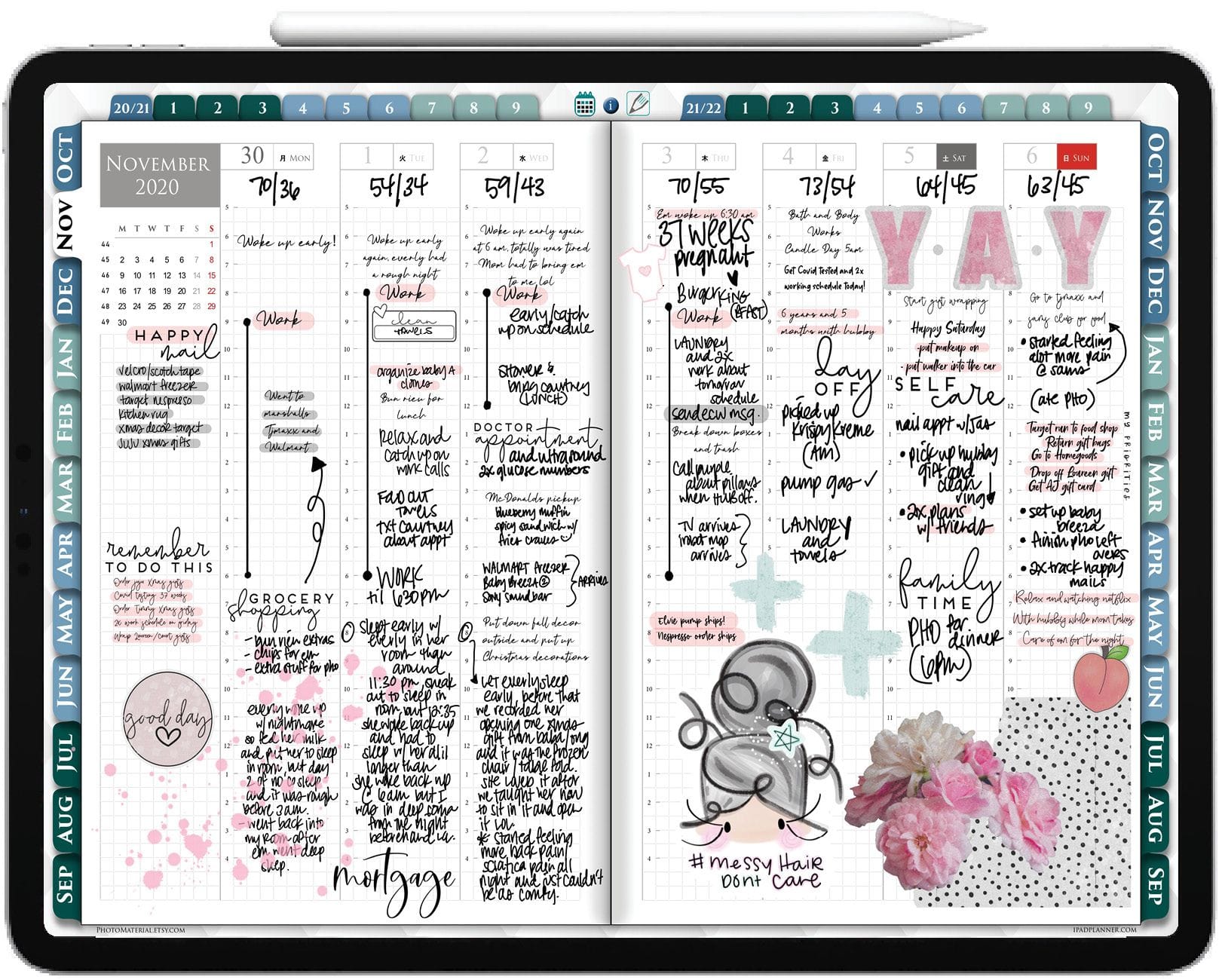
To create an effective weekly schedule planner, follow these steps:
- Set Clear Goals: Establish your short-term and long-term goals, and break them down into manageable tasks.
- Assess Your Time: Track how you spend your time for a week to identify patterns, habits, and areas for improvement.
- Choose a Planner Type: Select a planner type that suits your needs, preferences, and lifestyle.
- Create a Schedule Template: Design a schedule template that includes time blocks for tasks, breaks, and leisure activities.
- Prioritize Tasks: Prioritize tasks based on their importance and deadlines, and allocate sufficient time for each activity.
- Be Flexible: Be prepared to adjust your schedule as needed, and don't be too hard on yourself if you encounter unexpected setbacks.
Tips for Using a Weekly Schedule Planner Effectively

To get the most out of your weekly schedule planner, follow these tips:
Use Time Blocks: Divide your day into time blocks, allocating specific times for tasks, breaks, and leisure activities. Avoid Overcommitting: Be realistic about your capabilities, and avoid overcommitting yourself. Leave Space for Breaks: Make sure to include breaks and self-care activities in your schedule. Review and Adjust: Regularly review your schedule and adjust it as needed to ensure it remains effective.
What is the best type of weekly schedule planner?
+The best type of weekly schedule planner depends on your personal preferences, needs, and lifestyle. Consider factors such as digital vs. paper-based, layout, and features when choosing a planner.
How often should I review and adjust my schedule?
+Regularly review and adjust your schedule as needed. This can be daily, weekly, or monthly, depending on your needs and preferences.
What are some common mistakes to avoid when using a weekly schedule planner?
+Common mistakes to avoid include overcommitting, not leaving space for breaks, and not regularly reviewing and adjusting the schedule.
By implementing a weekly schedule planner and following the tips outlined in this article, you can boost your productivity, achieve your goals, and maintain a healthy work-life balance. Remember to be flexible, and don't be too hard on yourself if you encounter setbacks. With time and practice, you'll find the perfect planner and schedule that works for you.
Now that you've learned the ins and outs of weekly schedule planners, it's time to take action. Share your favorite planner tips and tricks in the comments below, and don't forget to share this article with friends and family who could benefit from a productivity boost.
Gallery of Weekly Schedule Planner: Boost Your Productivity Today
